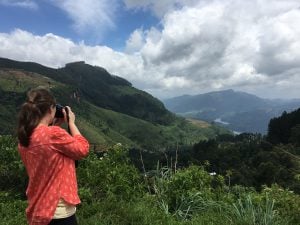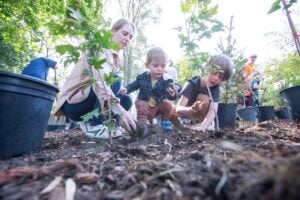It’s been one year since flames raged through Fort McMurray, Alberta and became Canada’s most expensive wildfire, and researchers have reported that forest fires in western North America are only going to become more frequent – and there’s not much we can do to stop them.
Since the 1970s, rising temperatures and earlier snowmelt have caused wildfire season to start earlier and burn more acreage than they used to. From 2013 to 2015, around 4 million hectares burned each year.
“Fire is, in many landscapes, inevitable and will become increasingly more likely,” says Meg Krawchuk, a Canadian researcher working at Oregon State University who co-authored a recent wildfire study. We need to think differently about wildfire management, she adds.
“The fire that burned through Fort McMurray was unfortunate insofar as the location that it started,” says Krawchuk. “But that fire process is fortunate, useful and natural across the Boreal Forest.”
Last summer more than 1,500 buildings were destroyed in the Albertan oil sands hub. Over the years both Canadian and American governments have sunk millions into fire management (such as forest thinning near communities) in an effort to contain large-scale fires like this one, with mixed success. The study suggests they should focus less on suppressing fires, and more on preventing them or occasionally letting them burn—as long as they aren’t close to homes.
“As we develop more into the Boreal, we’re going to have more of these intersections of the necessary fire process and all of our developments and all of our infrastructure,” says Krawchuk.
When, inevitably, there is a fire, Krawchuk says we should resist the urge to recreate the forests as quickly as possible, and instead let nature do its own recovery–even if it takes a bit longer.
“When we go in and we plant trees, what we’re doing is fast-forwarding the tempo of natural recovery.”
She says this isn’t necessary—trees that grow in fire-prone areas store seeds in their cones that are released afterward.
“What we need to do is make sure that we build and rebuild in a responsible way.”





